Engineering Machinery Parts constitute a vital segment in the realm of heavy equipment and infrastructure development. These components are specifically designed and manufactured to withstand the rigorous demands of construction environments, ensuring the efficient operation and longevity of machinery. Ranging from essential engine components like pistons and cylinder heads to structural elements such as gears, axles, and hydraulic parts, construction machinery parts play a crucial role in facilitating the diverse functions of equipment like excavators, bulldozers, cranes, and loaders.
The precision and durability of construction machinery parts are paramount, as they directly impact the performance and safety of the entire machinery. Manufacturers employ advanced techniques such as investment casting and precision machining to produce components with tight tolerances, ensuring optimal functionality under challenging conditions. As the construction industry continues to evolve, the demand for innovative and reliable construction machinery parts remains high, driving advancements in materials, design, and manufacturing processes. Overall, construction machinery parts are the backbone of heavy equipment, contributing significantly to the efficiency and effectiveness of construction projects worldwide.


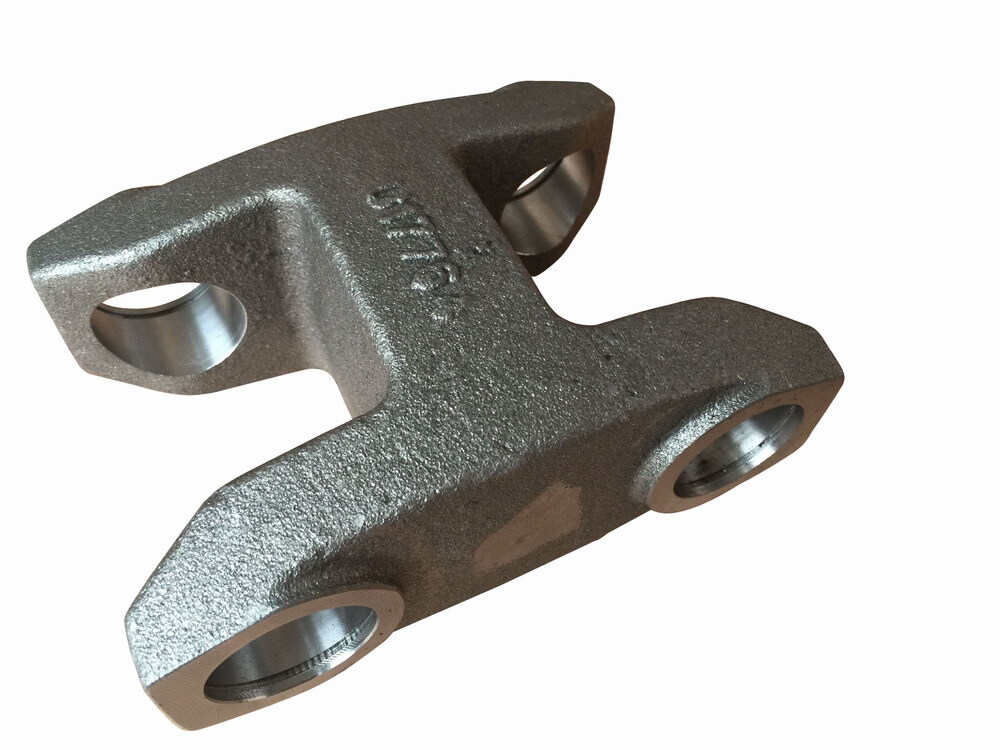


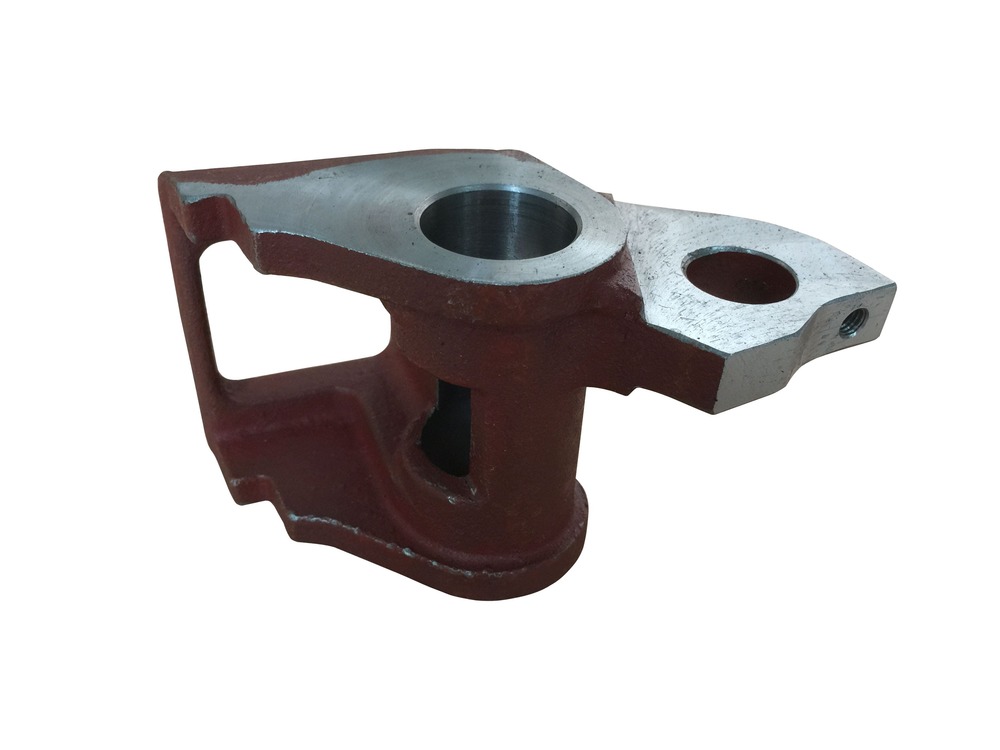
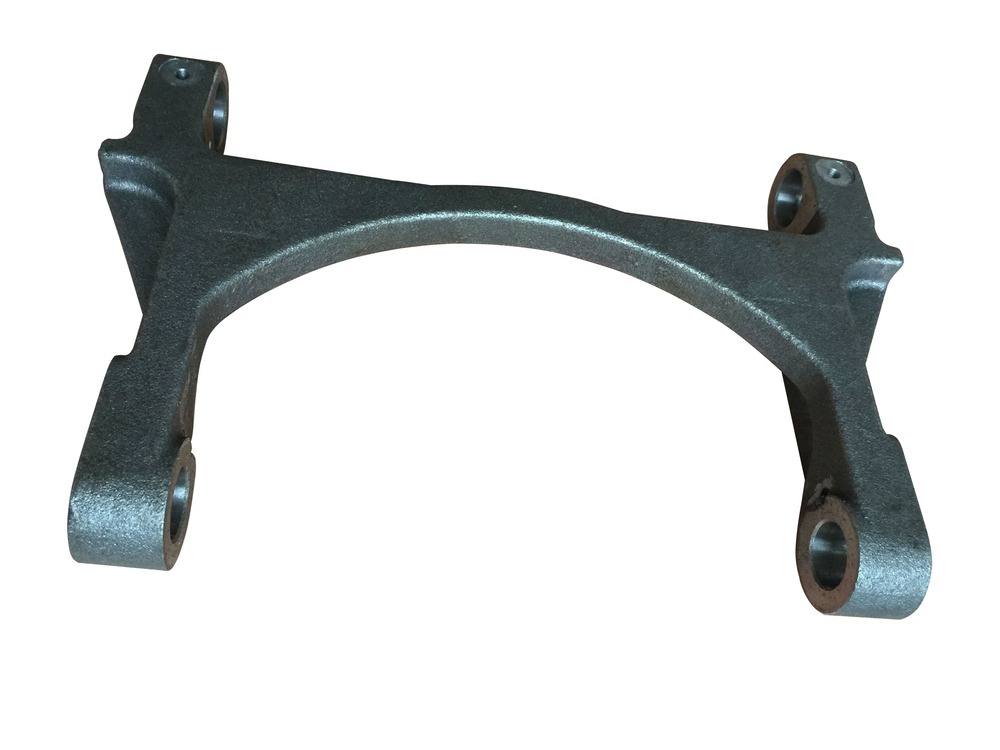
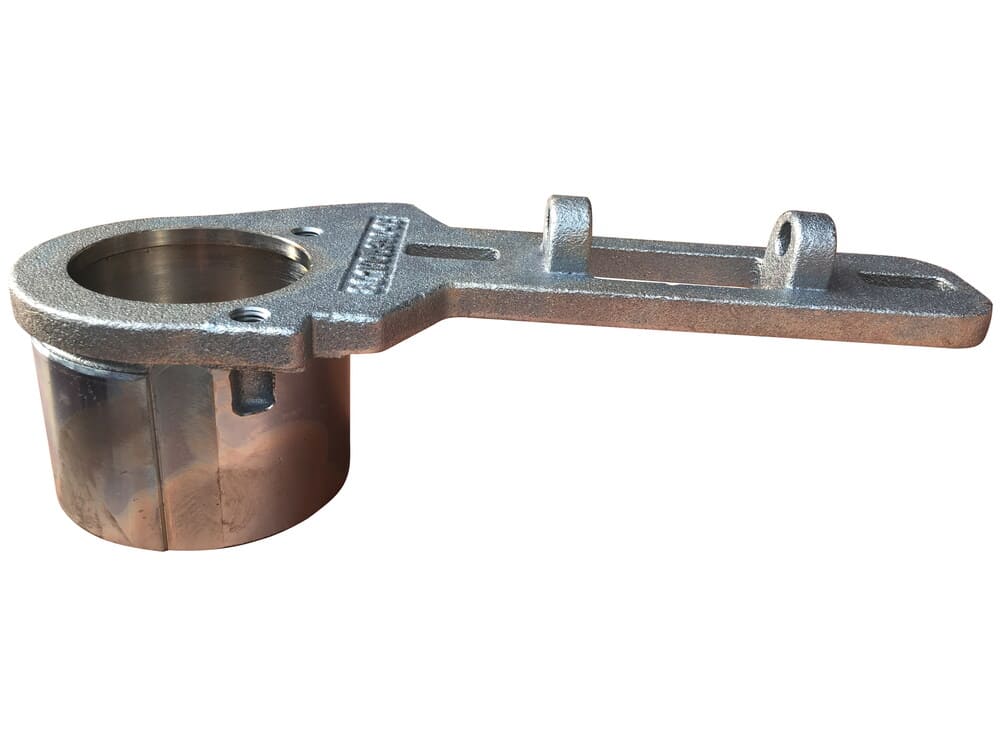
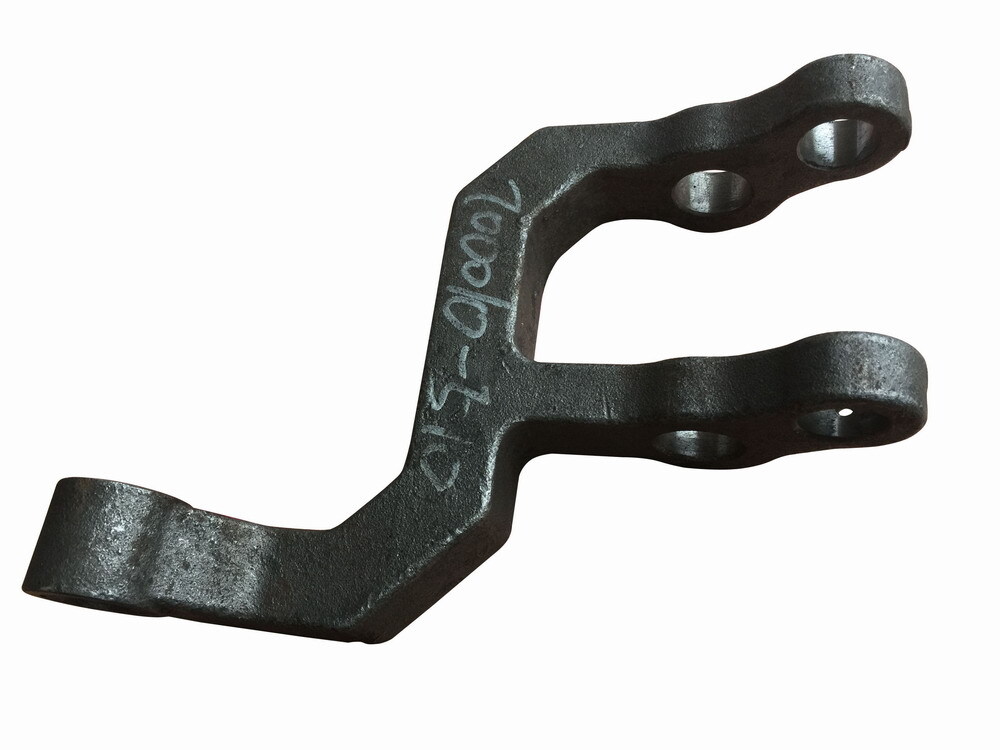
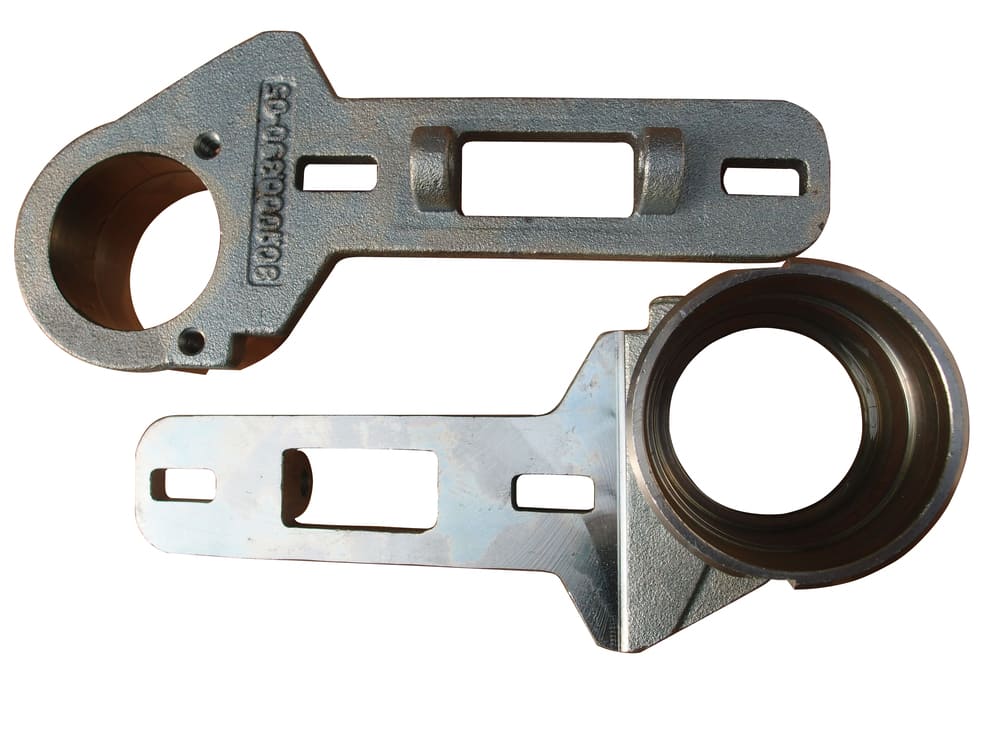
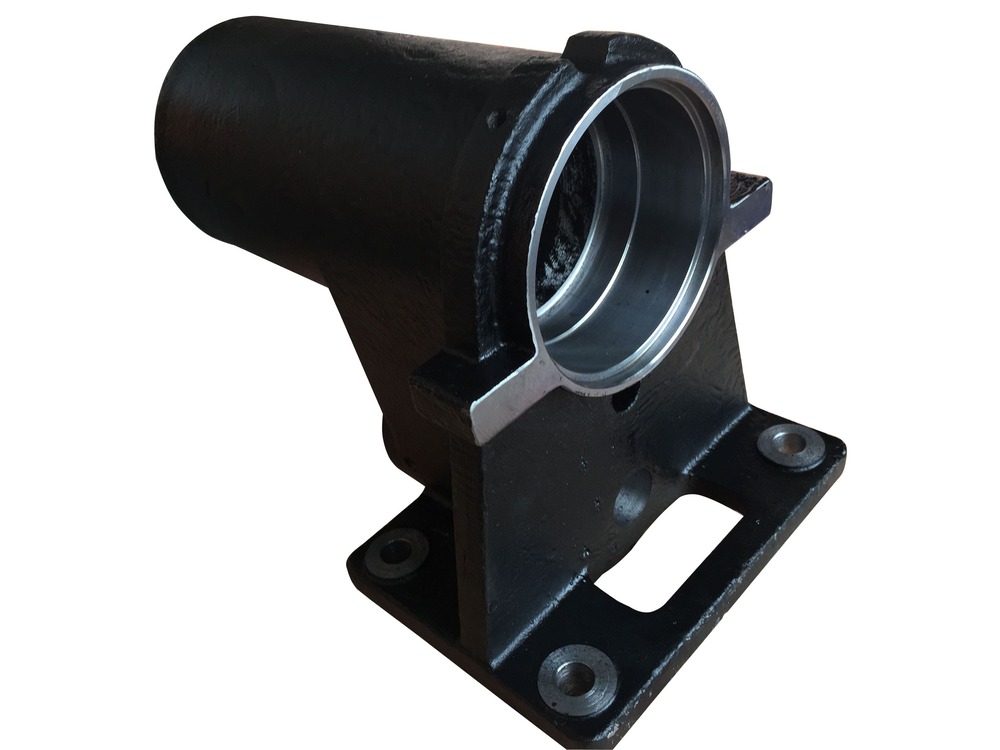
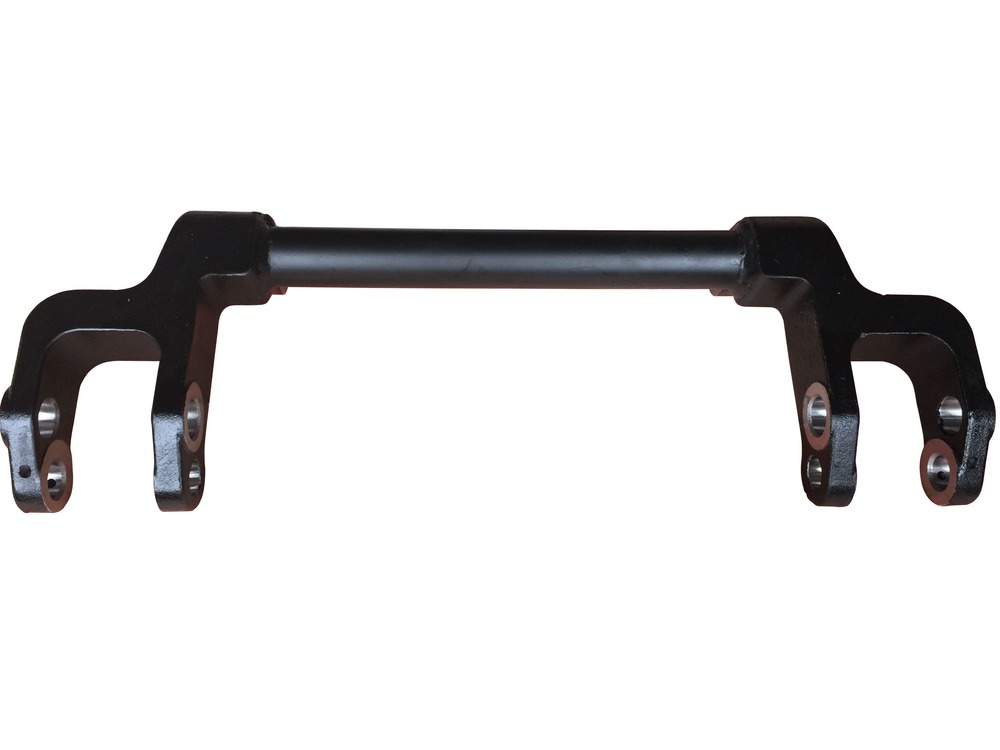
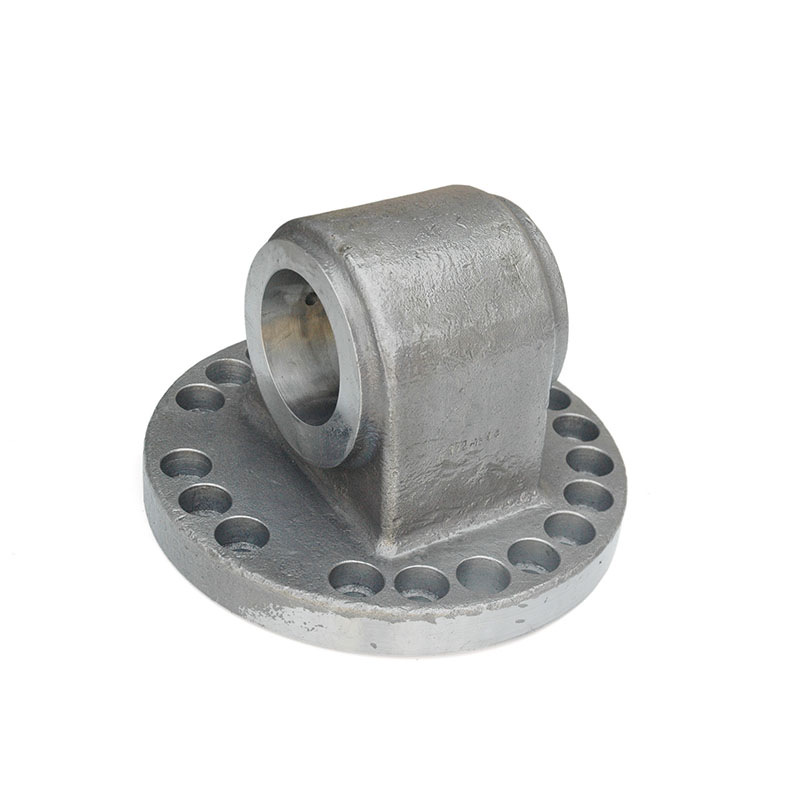
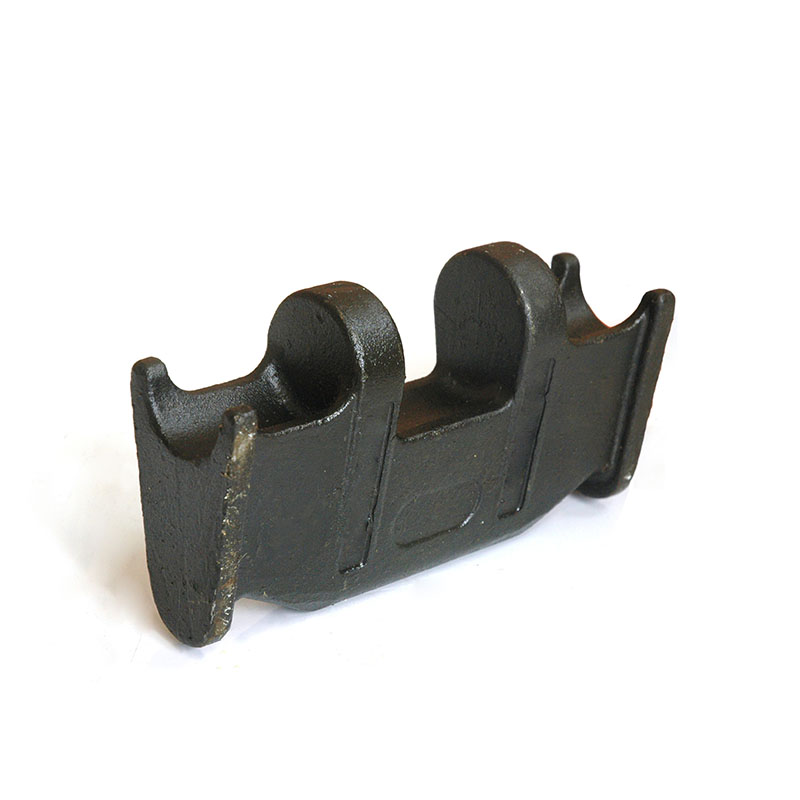
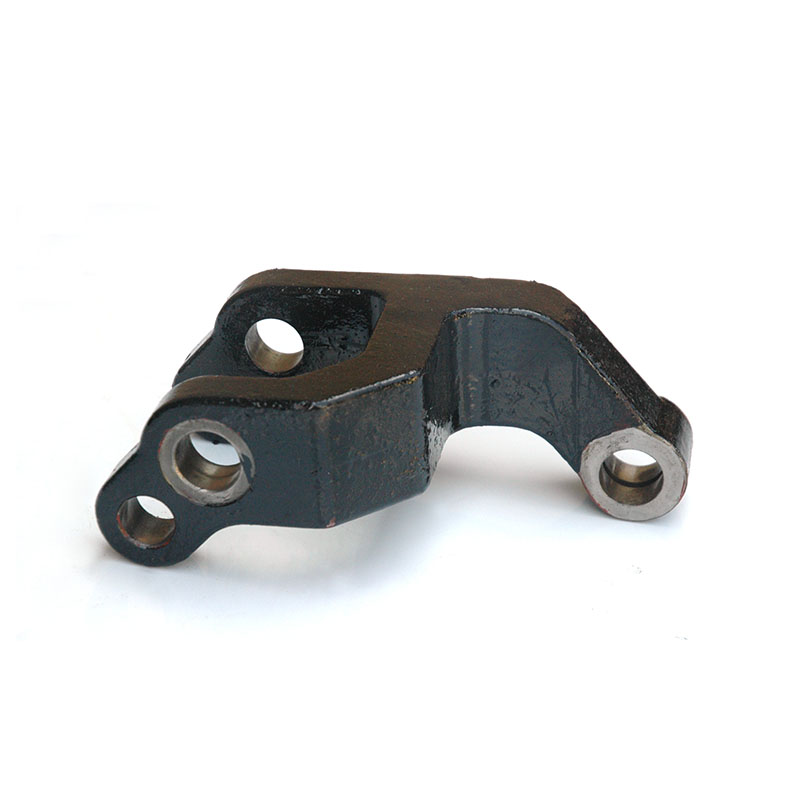
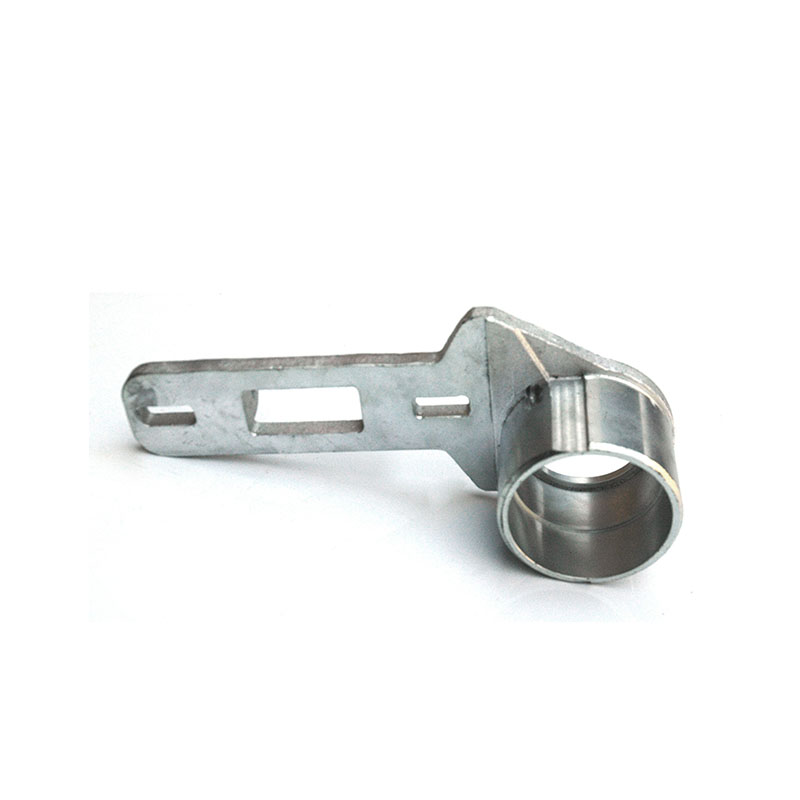
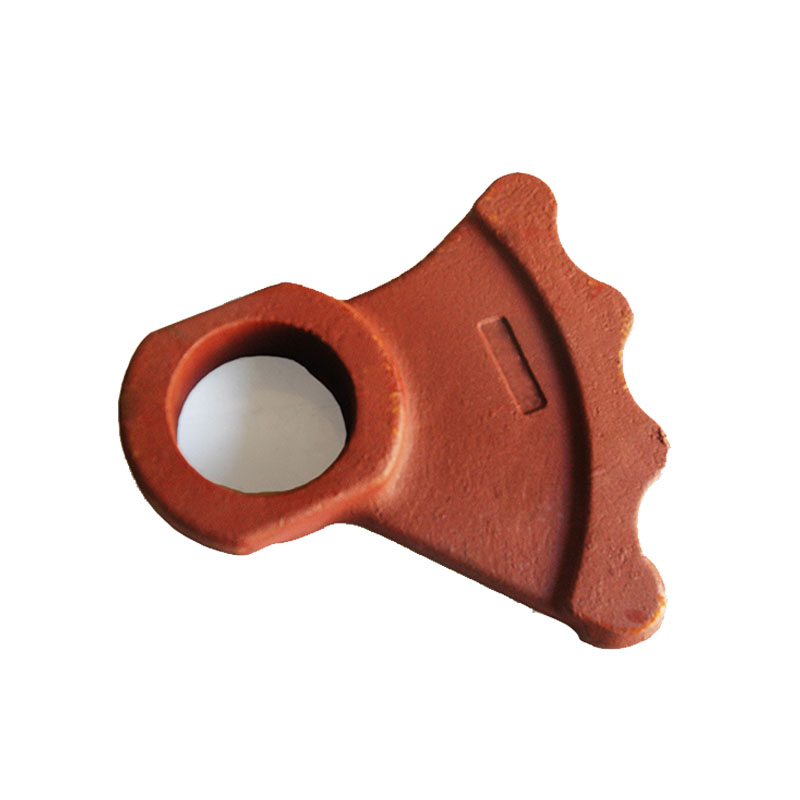
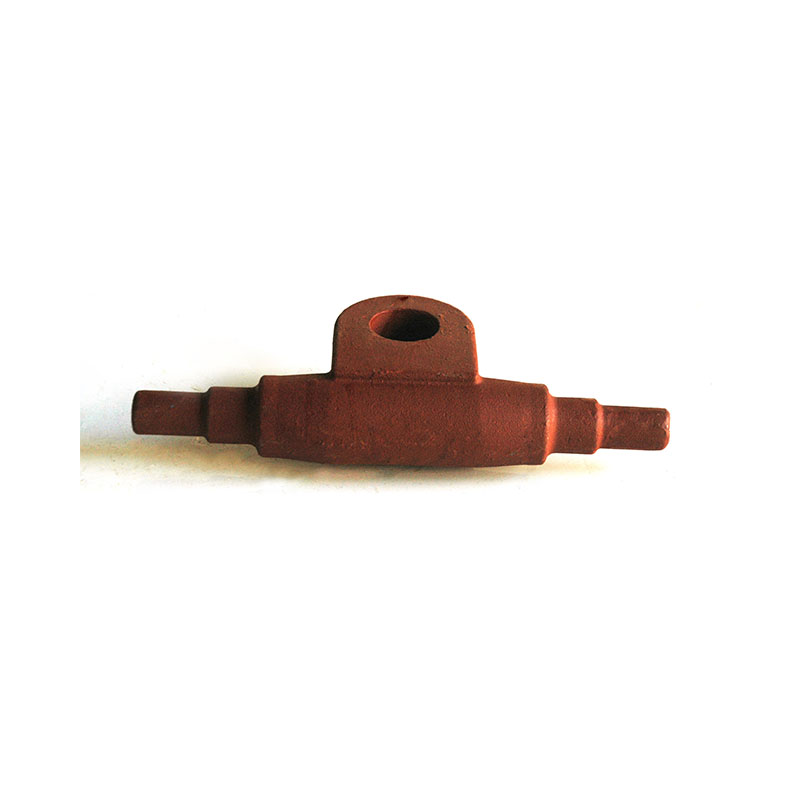
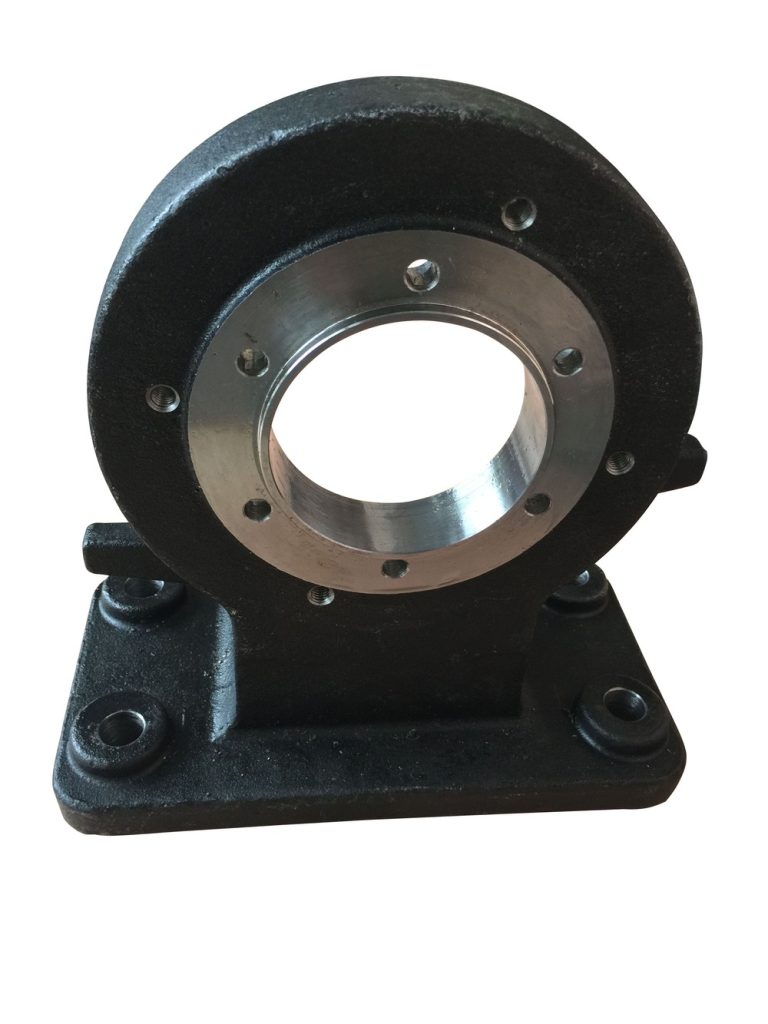
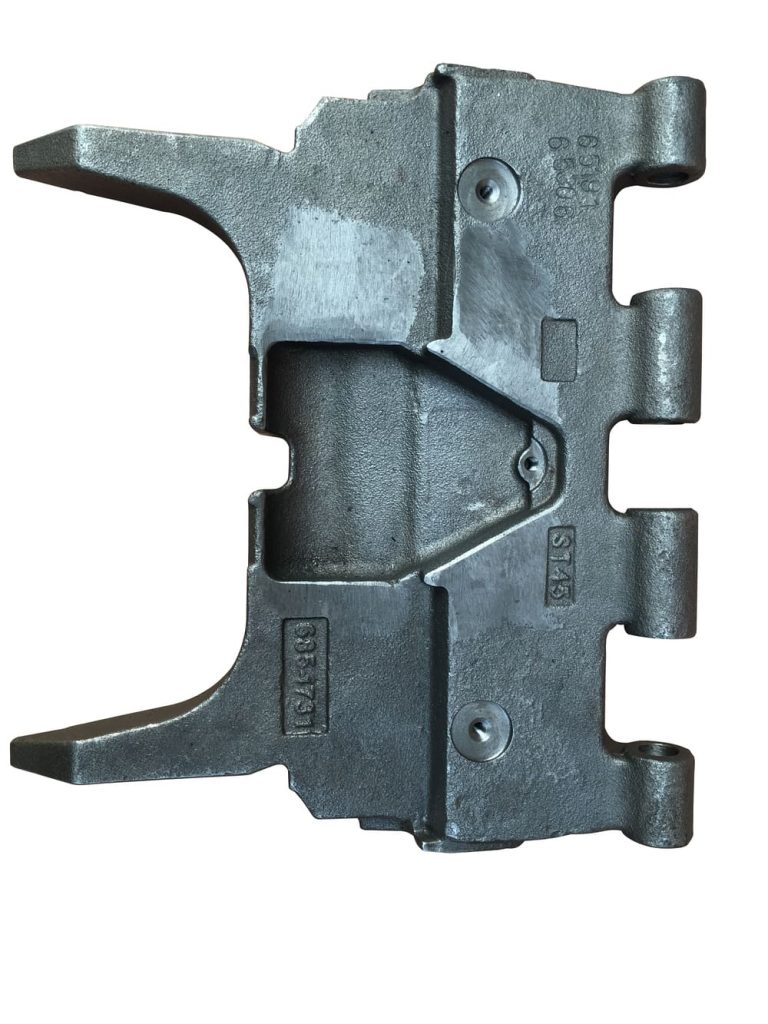
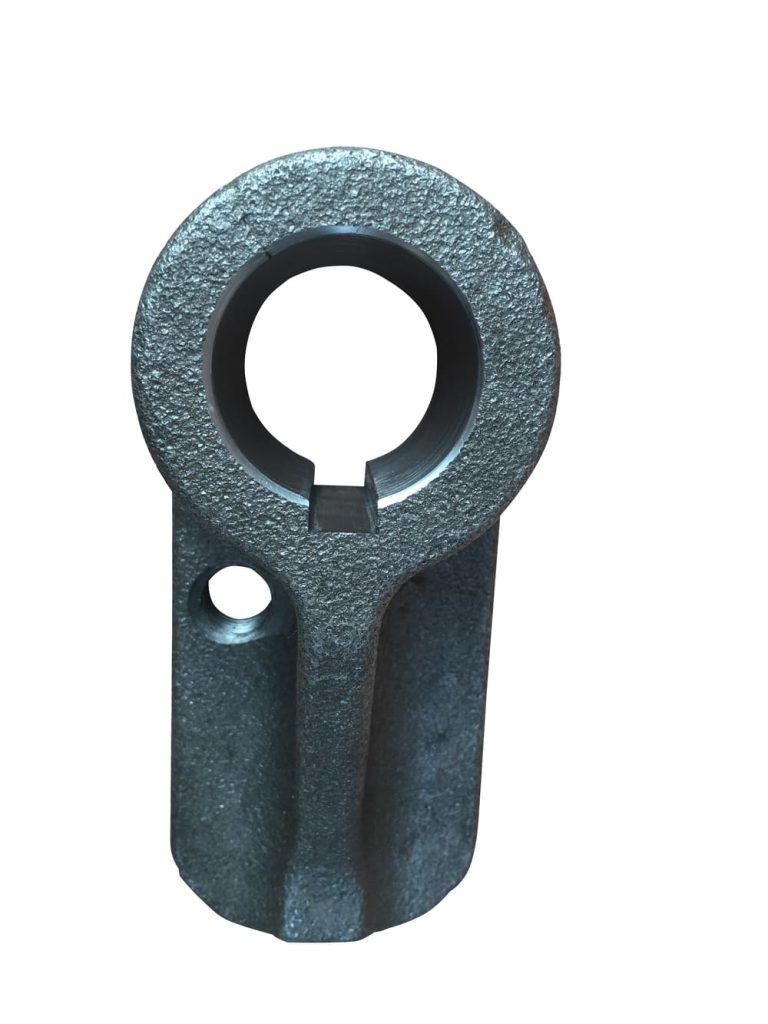
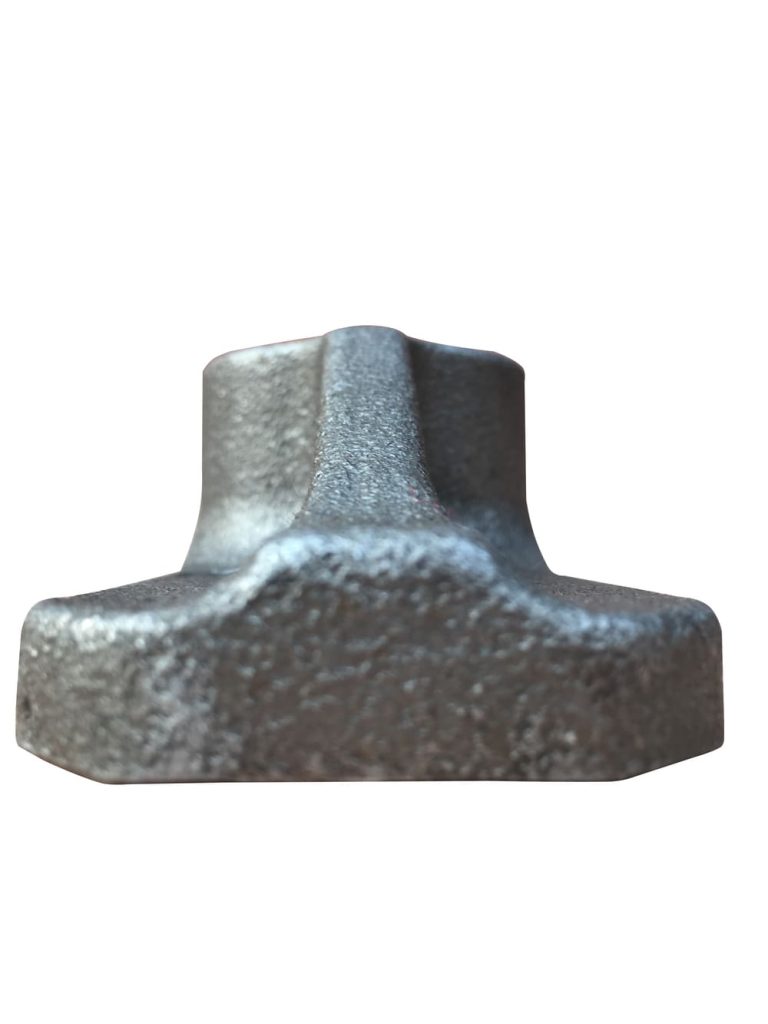
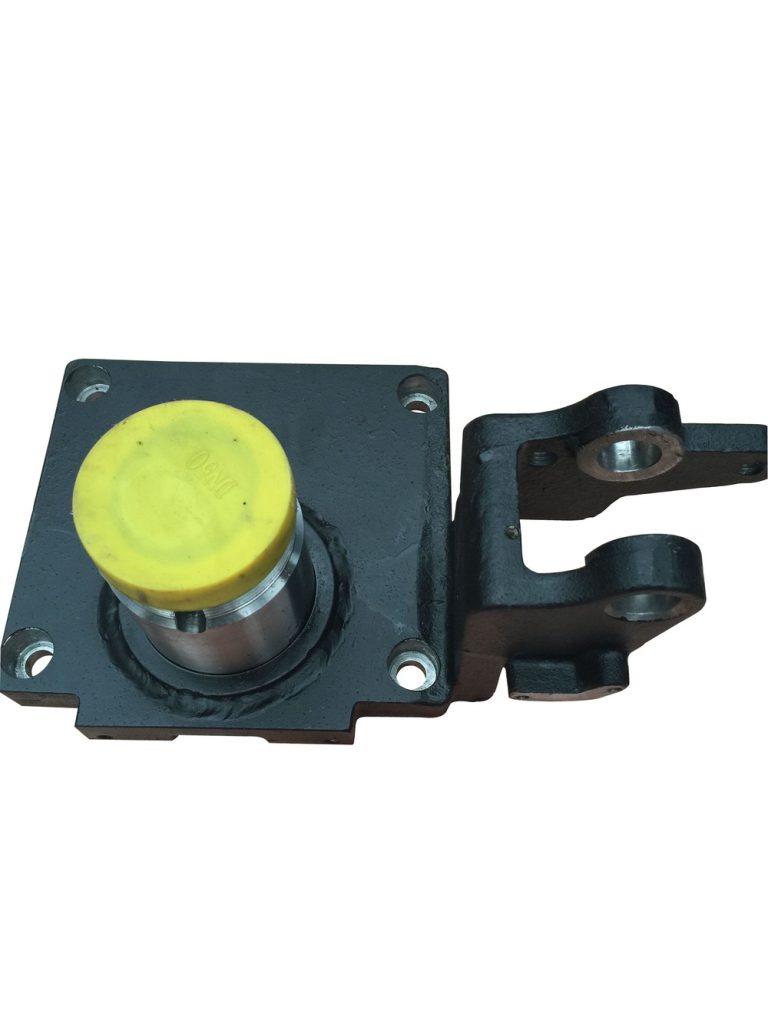
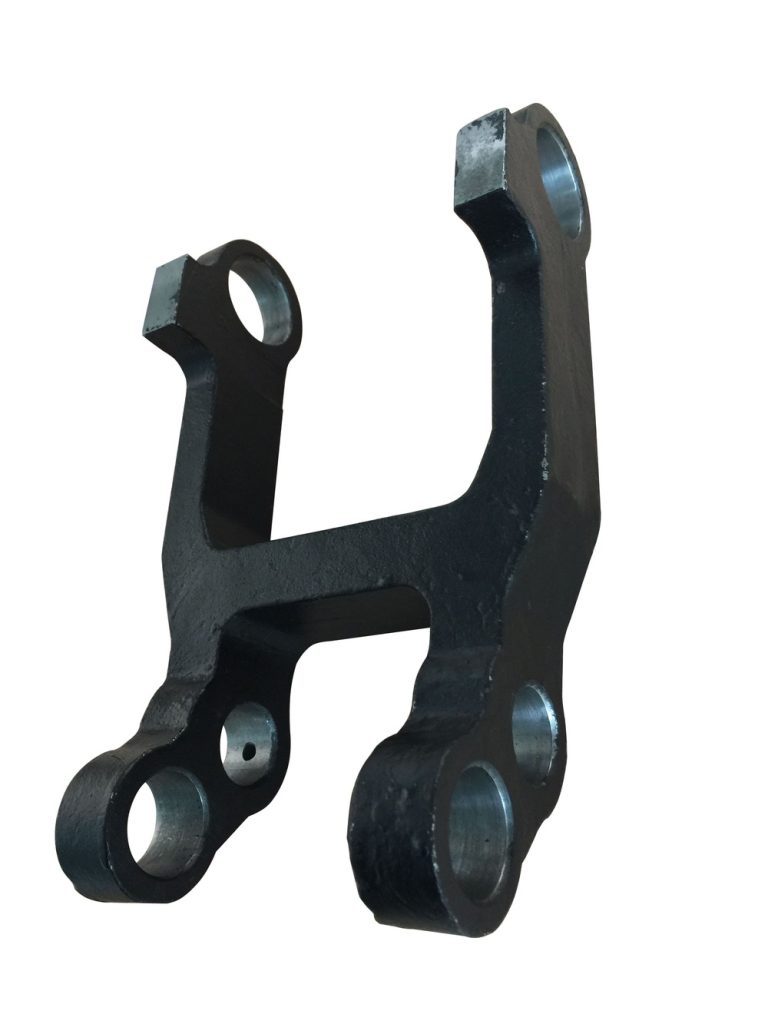
The manufacturing process for Engineering Machinery Parts , particularly those produced using investment casting, involves several steps to ensure precision, durability, and high-quality end products. Below is an overview of the typical manufacturing process:
Design and Engineering:
Pattern Production:
Mold Making:
Wax Pattern Assembly:
Investment (Shell) Building:
De-Waxing (Wax Removal):
Casting:
Cooling and Solidification:
Shell Removal and Finishing:
Quality Inspection:
